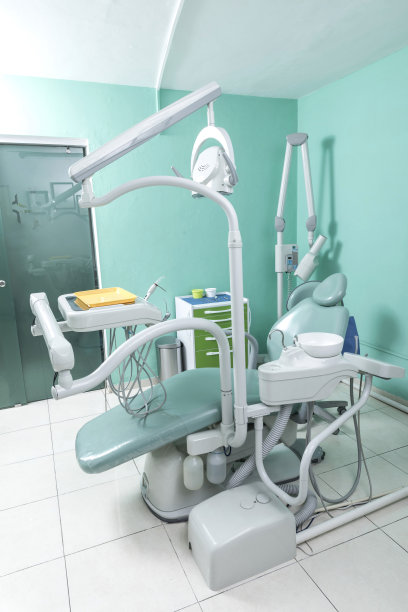Essential Guidelines and Precautions to Enhance Safety During Root Canal Treatment for Optimal Dental Health
Summary: Root canal treatment is essential for preserving optimal dental health, yet ensuring safety during the process is paramount. This article outlines essential guidelines and precautions that dental professionals and patients should follow to enhance the safety of root canal procedures. By addressing four key aspects—patient assessment, infection control, procedural techniques, and post-treatment care—this article provides a comprehensive overview of how to minimize risks and complications during root canal therapy. Following these guidelines helps improve treatment outcomes and ensures the long-term health of the affected teeth.
1. Thorough Patient Assessment Prior to Treatment

Before initiating a root canal treatment, a comprehensive patient assessment is crucial. This includes taking a detailed medical history to identify any underlying health conditions that may affect the procedure. Conditions like diabetes, heart disease, or bleeding disorders can significantly impact the safety and effectiveness of the treatment.
Additionally, dental professionals should conduct thorough clinical examinations using radiographs to accurately diagnose the extent of the dental issue. This step ensures that any necessary adjustments to the treatment plan can be made and helps in anticipating any complications that may arise during the procedure.
Furthermore, patient communication is vital. Informing patients about the procedure, potential risks, and post-treatment expectations can help alleviate anxiety and increase cooperation, fostering an environment of trust and collaboration.
2. Stringent Infection Control Measures
Infection control is an important aspect of any dental procedure, especially for root canal treatment. Dentists should adhere strictly to guidelines set forth by health organizations. Implementing barriers such as gloves, masks, and sterile instruments minimizes the risks of cross-contamination during the procedure.
Utilizing effective sterilization methods for all instruments is essential. Autoclaving is commonly employed, and single-use instruments should be prioritized whenever possible to prevent infection transmission.
Additionally, maintaining a clean environment is critical. Proper disinfecting of the treatment area and meticulous waste disposal procedures also contribute to a safer treatment setting. Ensuring that the dental practice upholds these infection control measures protects both dental staff and patients.
3. Safe and Effective Procedural Techniques
During the root canal procedure, employing safe techniques is fundamental to reduce risks. The dentist should use high-quality imaging technology such as digital radiographs to guide the treatment, allowing for precise navigation of the root canals.
Moreover, it is imperative to use appropriate anesthesia to ensure patient comfort. Effective pain management will not only enhance the patients experience but also promote a more successful procedure by allowing the dentist to work efficiently.
When cleaning and shaping the canals, using the right instruments and techniques is paramount. Over-instrumentation or excessive force can lead to complications such as perforation or fracture of the tooth. Following established protocols reduces these risks and contributes to the overall safety of the procedure.
4. Comprehensive Post-Treatment Care
Post-treatment care is an often-overlooked aspect of root canal therapy that significantly affects recovery. After the procedure, dentists should provide clear instructions on pain management, infection signs, and oral hygiene practices. This guidance aids patients in their recovery journey.
Regular follow-up appointments are crucial for monitoring healing and ensuring that no complications arise post-treatment. During these visits, dentists can assess the effectiveness of the treatment and address any concerns the patient might have.
Lastly, educating patients on the importance of maintaining good oral hygiene and scheduling regular dental check-ups can massively impact long-term dental health. This proactive approach not only helps in preventing further infections but also reinforces the significance of preventive care in dentistry.
Summary:
The discussion on essential guidelines and precautions to enhance safety during root canal treatment underscores the importance of a comprehensive approach that includes thorough patient assessments, stringent infection control measures, safe procedural techniques, and comprehensive post-treatment care. Each aspect plays a critical role in minimizing risks and ensuring optimal dental health.
This article is compiled by Vickong Dental and the content is for reference only.



